| Trade |
|---|
| Maize growing in Kenya and Tanzania |
| Inland fishing |
6
MAIZE GROWING IN KENYA AND TANZANIA
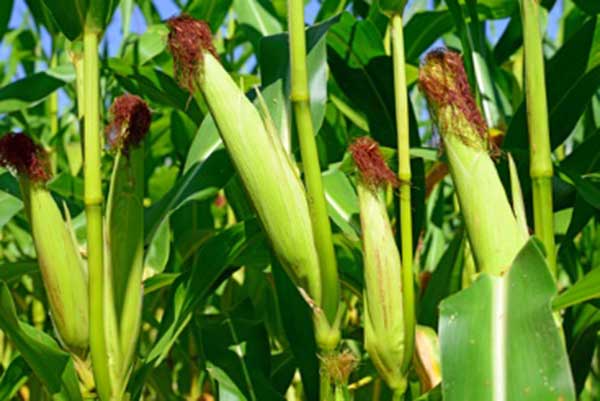

Maize seeds comes in different colours
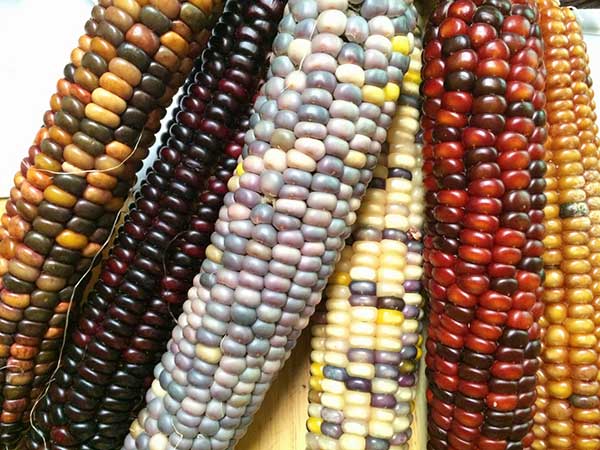
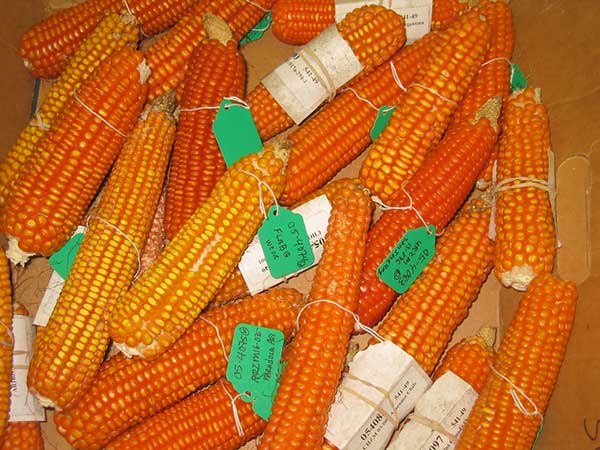
Maize is a staple food in Kenya and Tanzania.
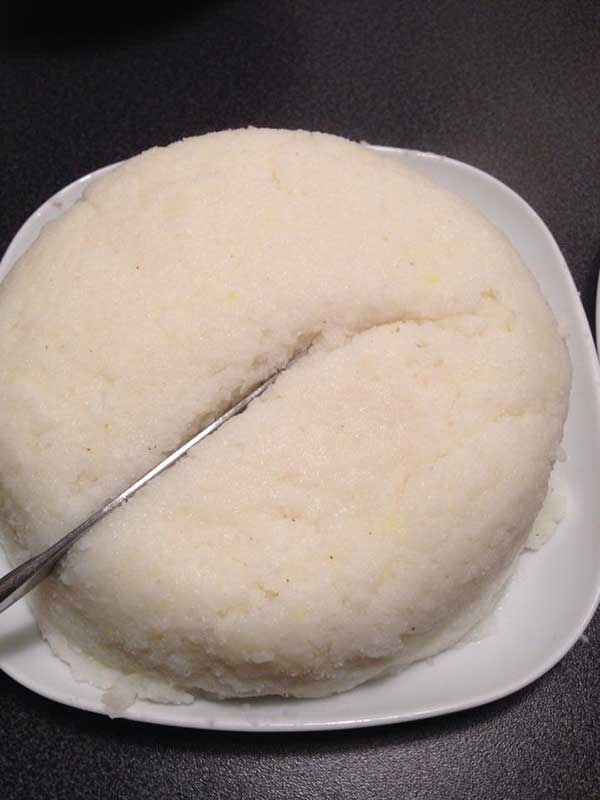
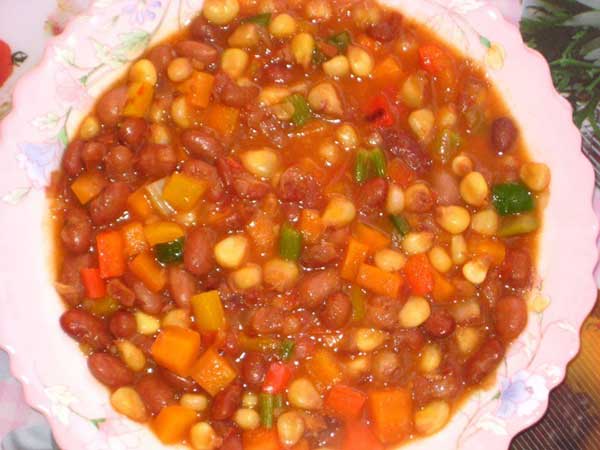
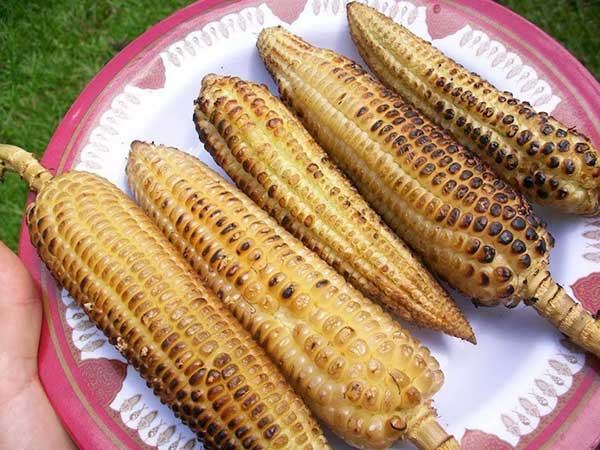
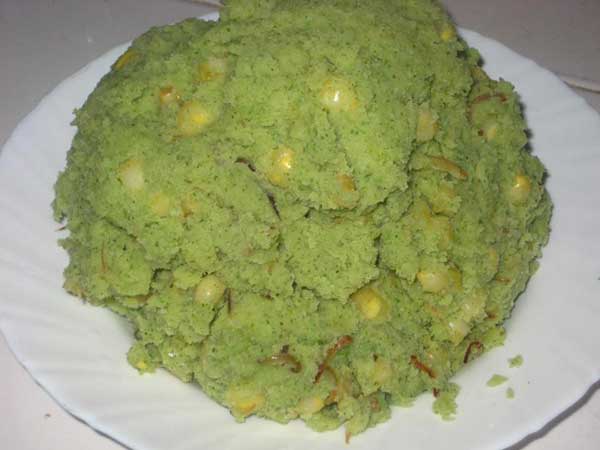
Maize is mainly grown on small-scale by most farmers
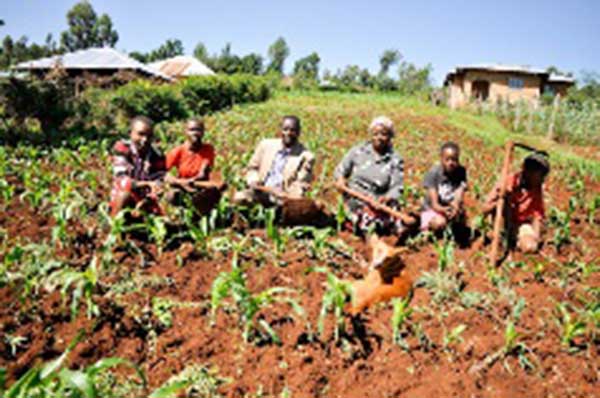
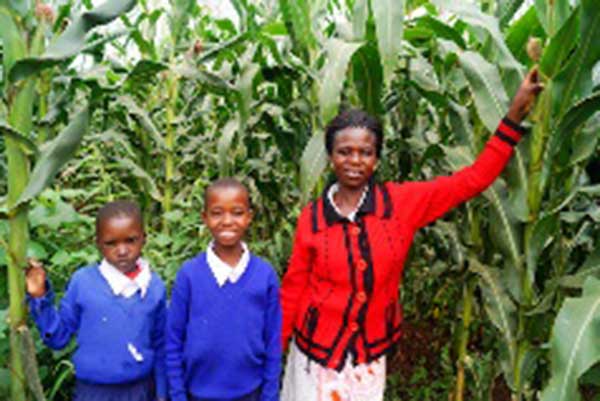
Some farmers however grow it on large scale
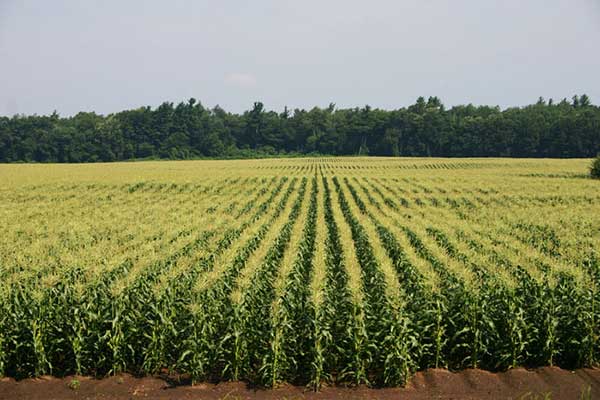
[resource: 7021, align: left
Maize was introduced into Eastern Africa by the Portuguese in the 15th century

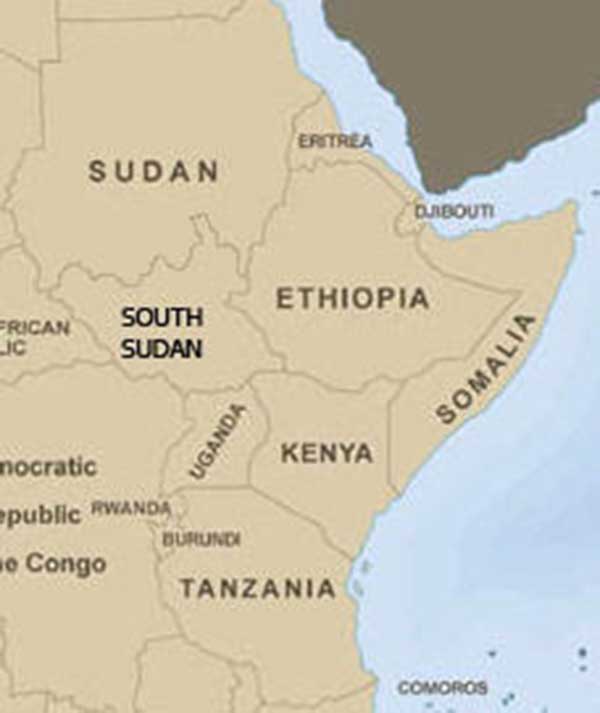
Which are the conditions necessary for the growth of maize in Kenya and Tanzania
Which are the maize growing areas in Kenya
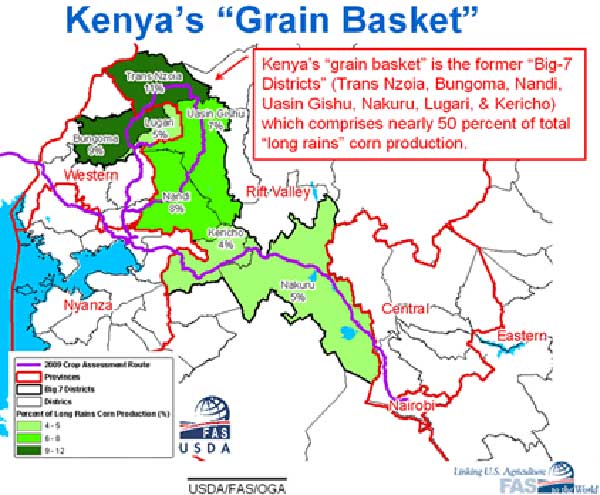
Which are the maize growing areas in Tanzania?
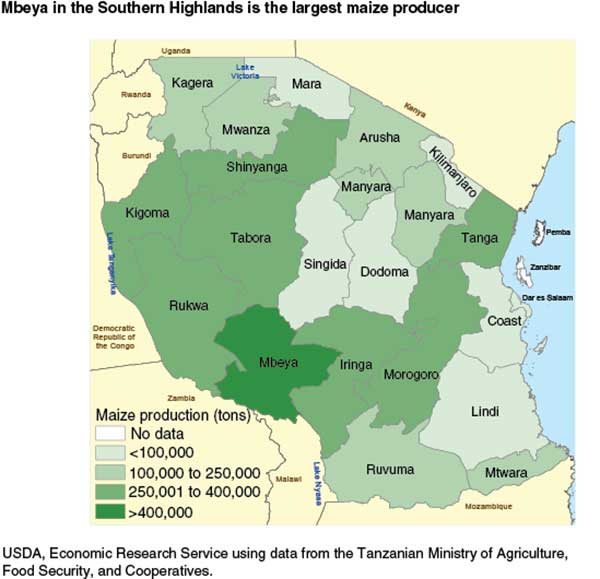
What is the economic importance of maize in Kenya and Tanzania?
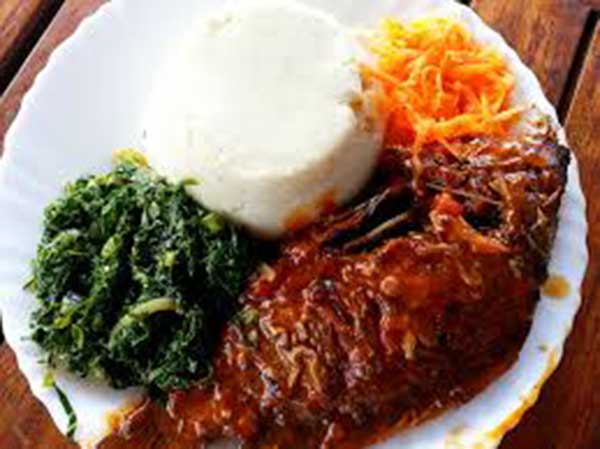
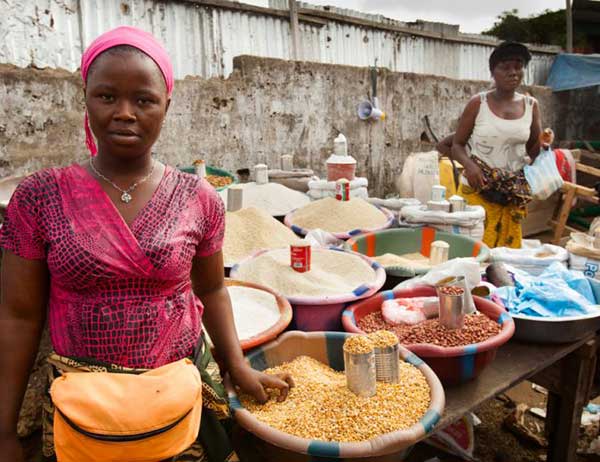
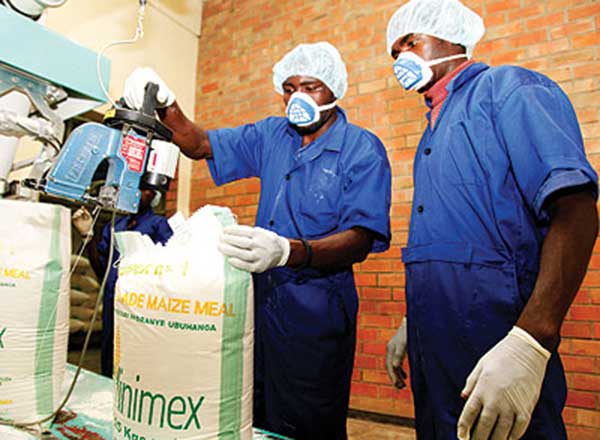
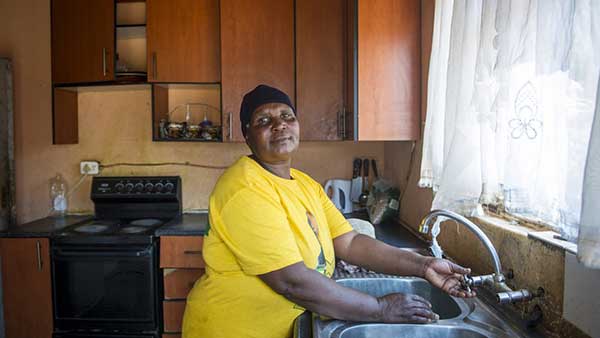
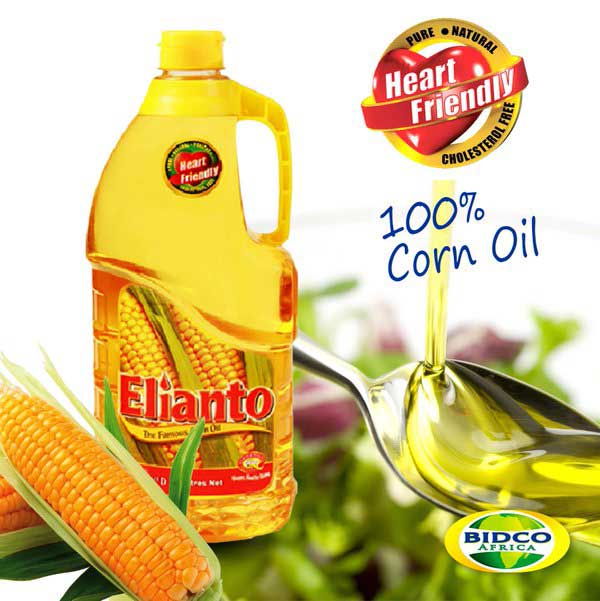
Questions
Answers
1.Maize.
2.Portuguese.
3.Porridge, ugali, githeri.
4.Corn.
5.UasinGishu, Nandi, Nakuru , Bungoma.
6.Mbeya, Rukwa, Tabora, Morogoro.
7.i) Maize is a staple food for both Kenya and Tanzania.
ii) It creates a source of employment in the milling industries.
iii) Maize is a raw material for corn oil and animal feeds.